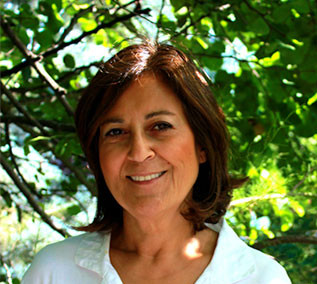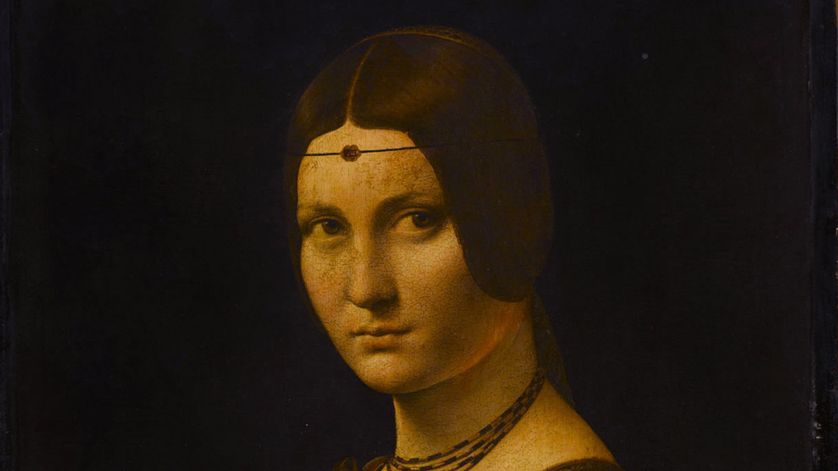
“Where the spirit does not work with the hand, there is no art.”
The great Renaissance polymath Leonardo da Vinci (1452-1519) –timeless artist, engineer, architect, mathematician, and scientist, with profound knowledge in science from anatomy and optics to physics to light –is commemorated at the Louvre Museum, Paris for the fifth centenary of his death.
In his quest to understand the relation between the physical and the metaphysical, he spent a lifetime studying the human being and its place in the universe.
His extraordinary creativity, endless genius, and artistic talents arching far beyond the perceptual and scientific realities of his time were masterfully reflected in his paintings and notebooks.
Yet he would never sign his paintings, and claimed that none of them are precisely finished for they cannot reach perfection. He said : “He only moves toward the perfection of his art whose criticism surpasses his achievement. ”
The latest research findings, critical editions of key documents and notebooks, and
Recently completed infrared analysis of his paintings showing the underlayers of his paintings, together with his masterpieces and notebooks are presented in this special exhibition. In homage to the master of arts and sciences, a man of knowledge well ahead of his times.
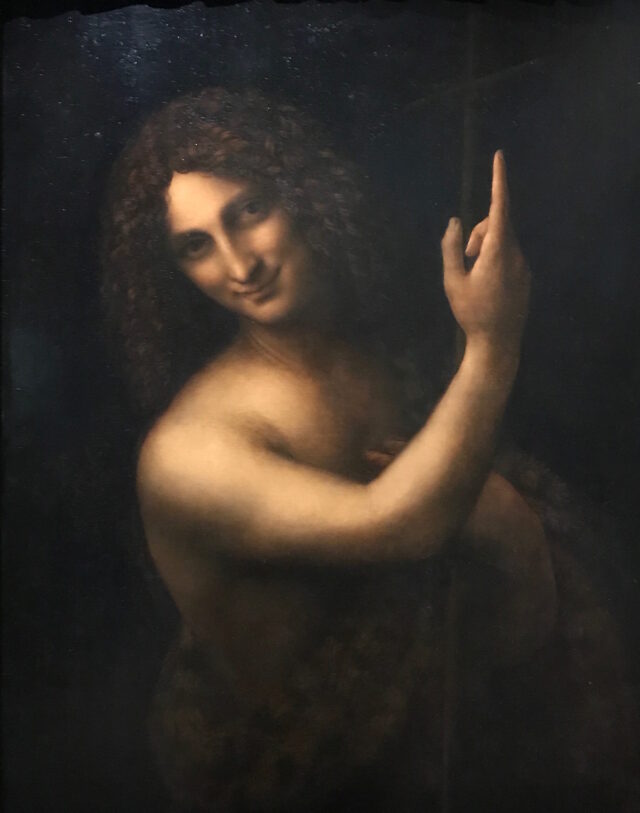
The Virgin of the rocks and its infrared reflectography, which is applied to his paintings to unravel his mysterious techniques of painting. It is used to reveal the underdrawing –the under layers in a non-destructive manner:
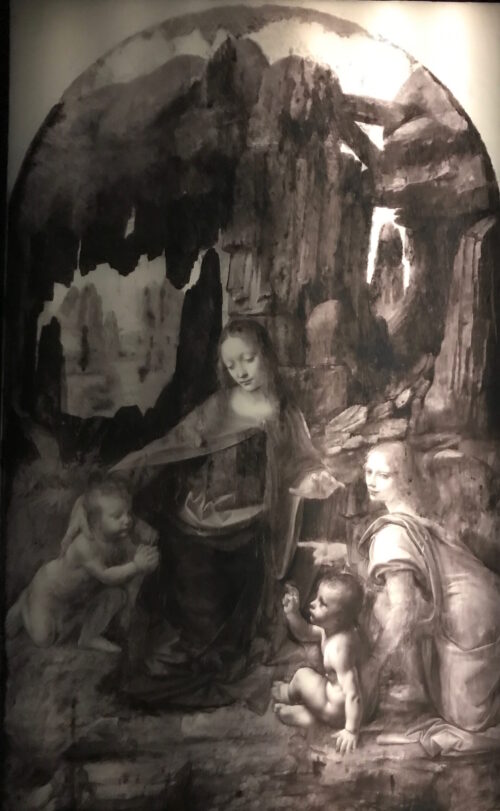
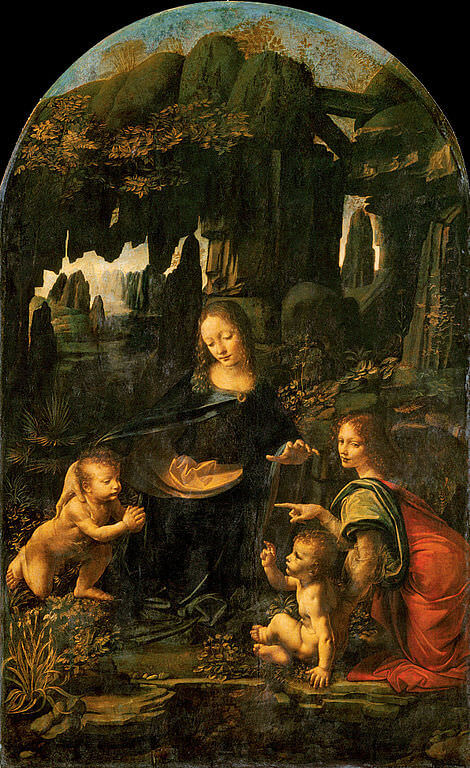
Leonardo da Vinci always carried a notebook in which he noted his observations and made his drawings based on the findings of his explorations in nature and on the human body. He wrote from left to write in all his notebooks and had at least 45 of them. Reflecting on the works of nature and the human mind, he said:
I roamed the countryside searching for answers to things I did not understand… These questions and other strange phenomena engaged my thoughts throughout my life… practice should always be based upon a sound knowledge of theory.
Arm, neck, and shoulder muscles, and displaying the rotation of the arms:
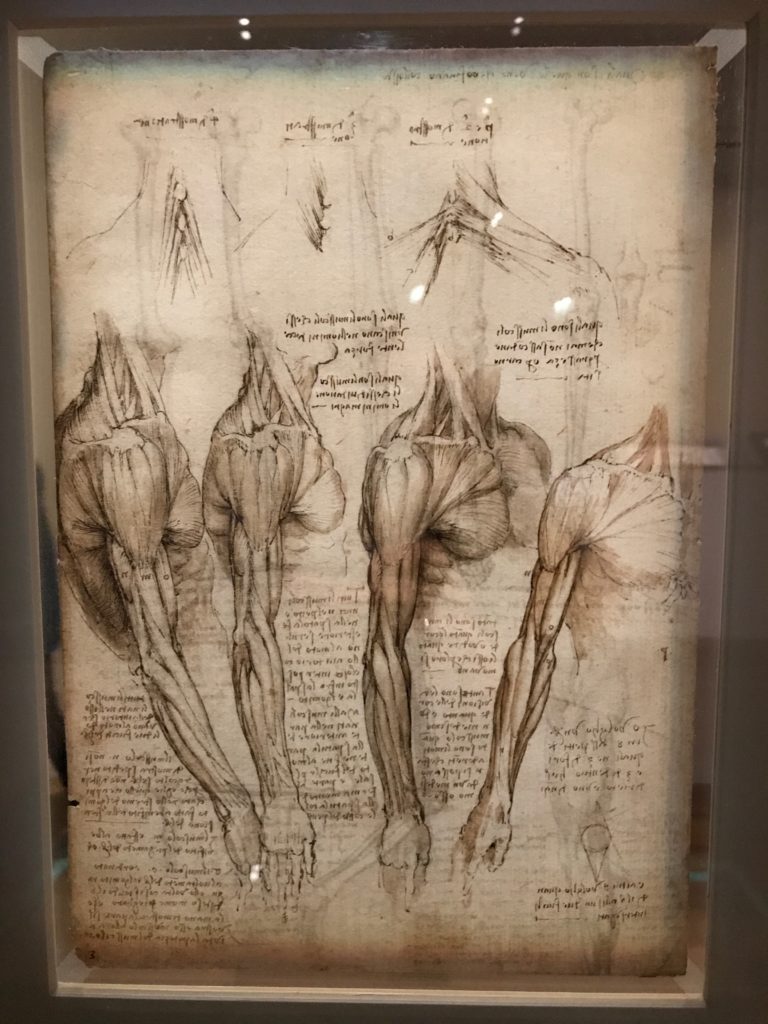
Study of the hands:
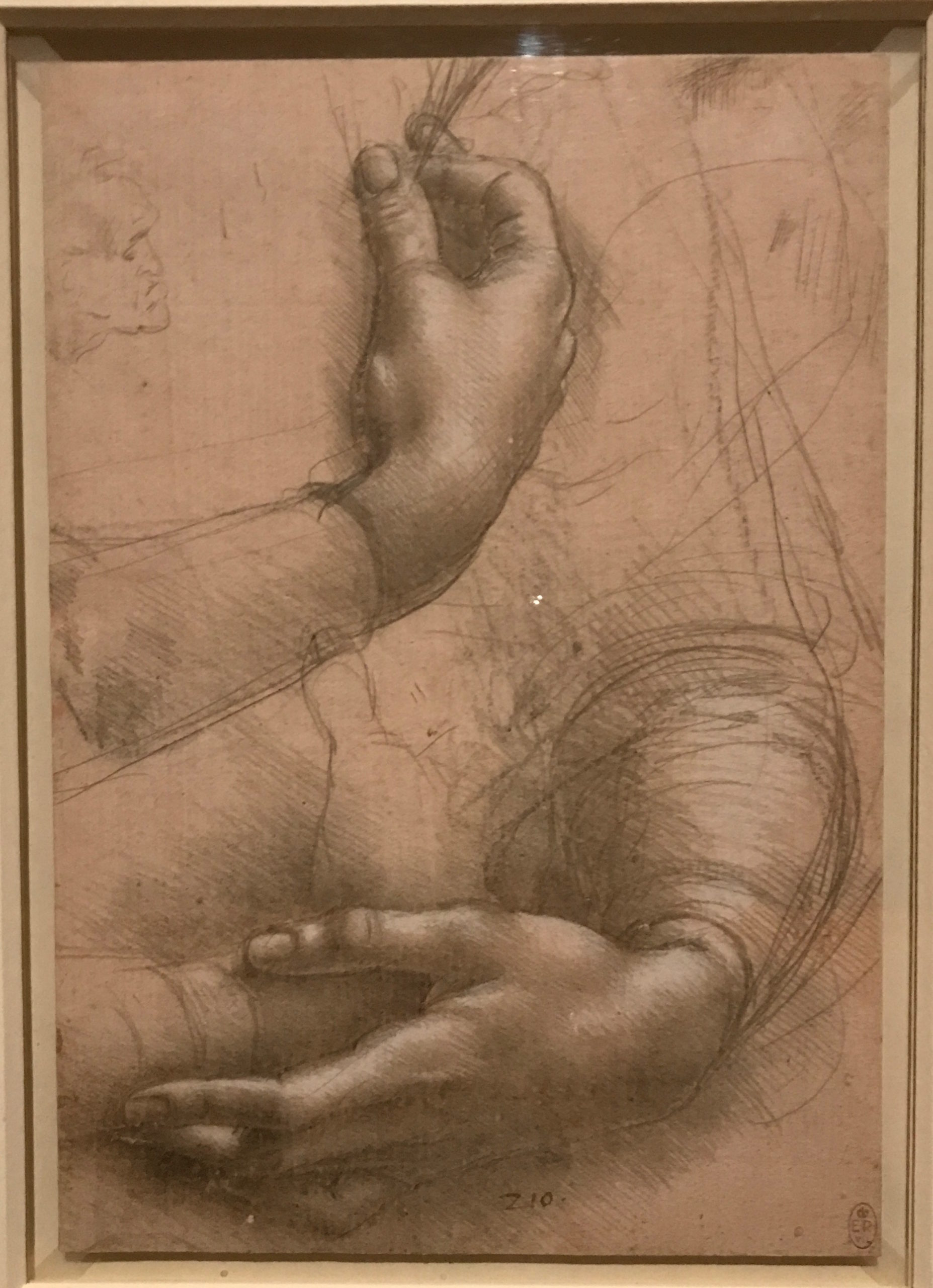
Proportions of the human head:
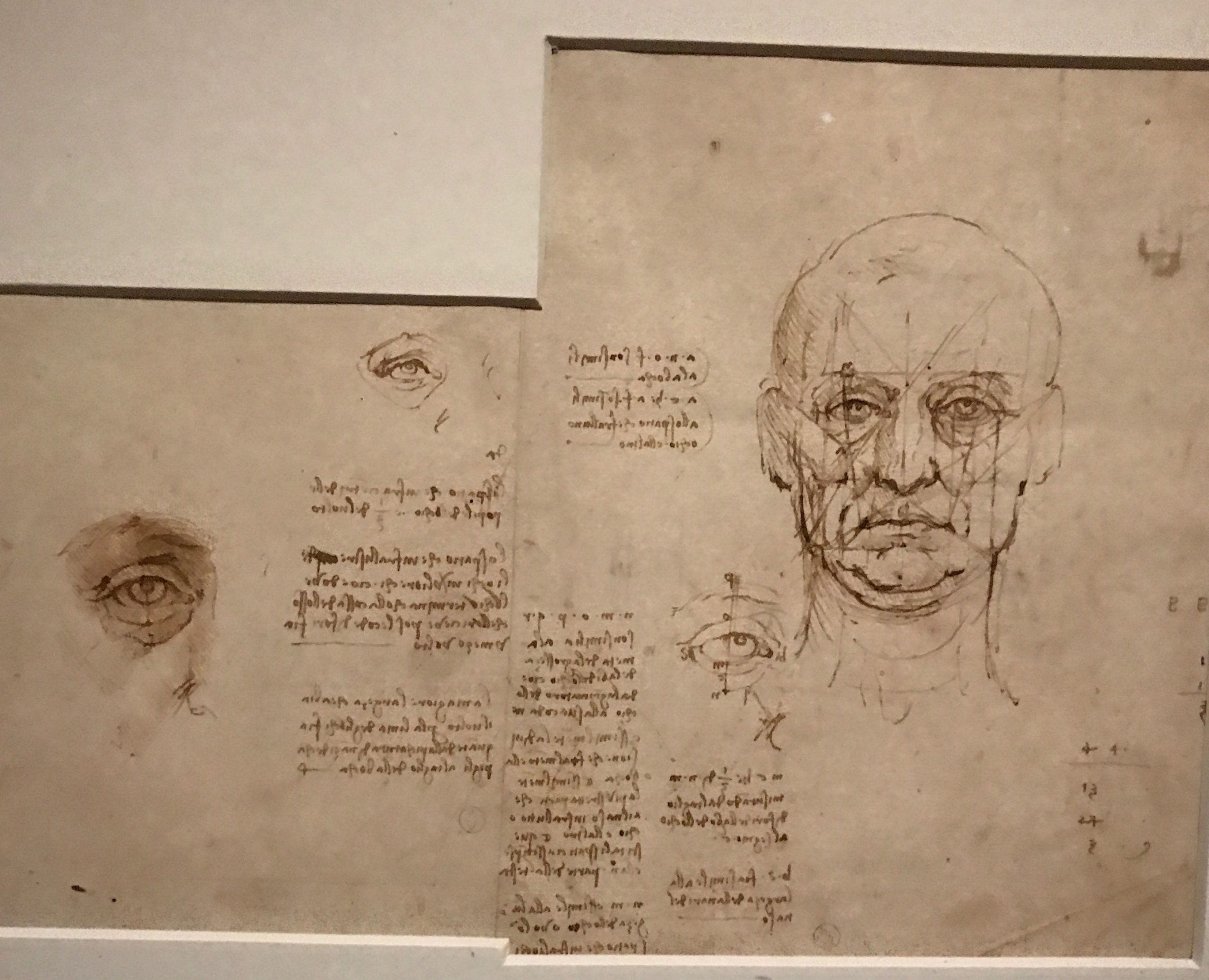
The drawings of his extensive research on flying:
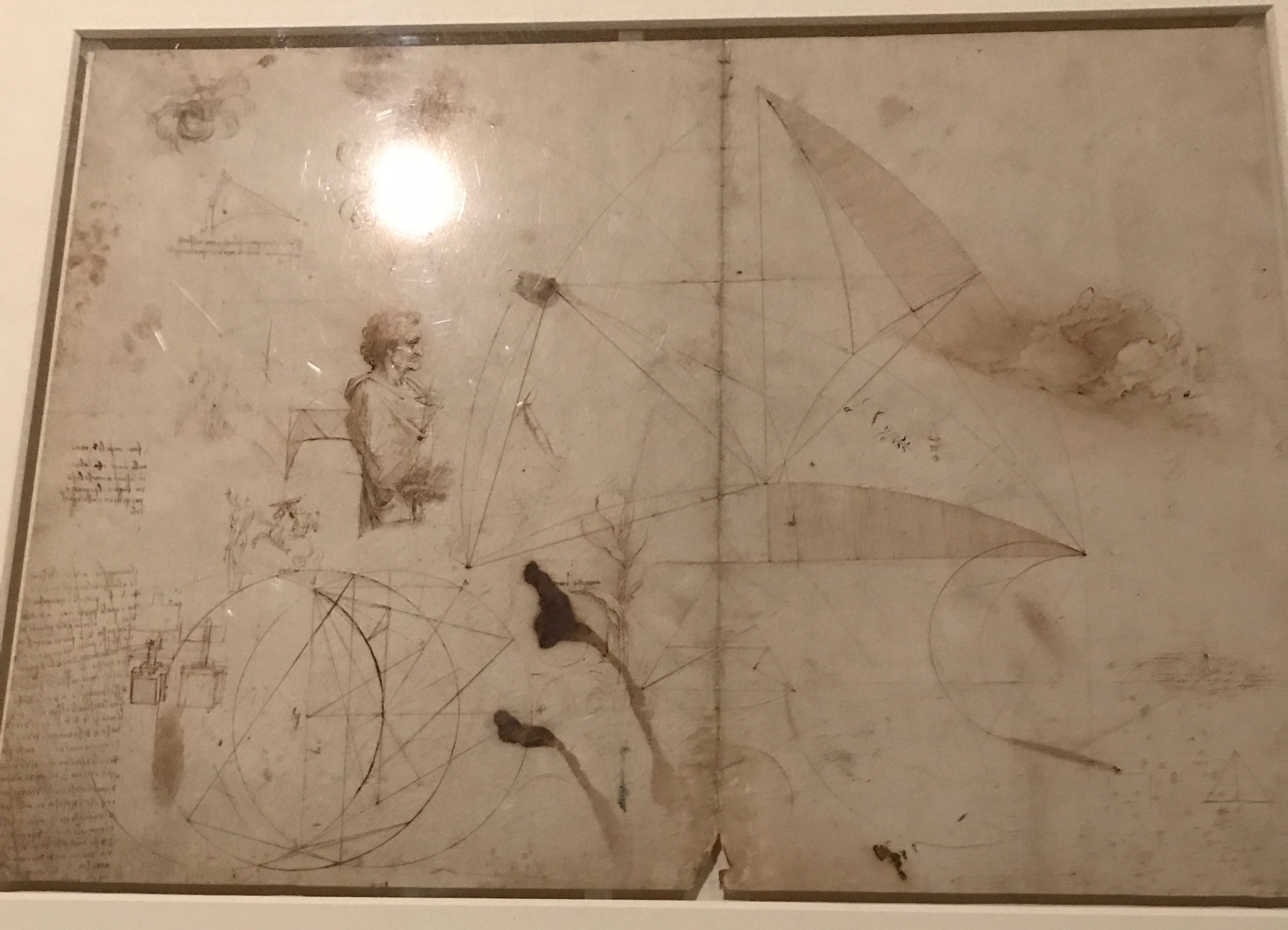
Studying birds which fly with the wind and against the wind:
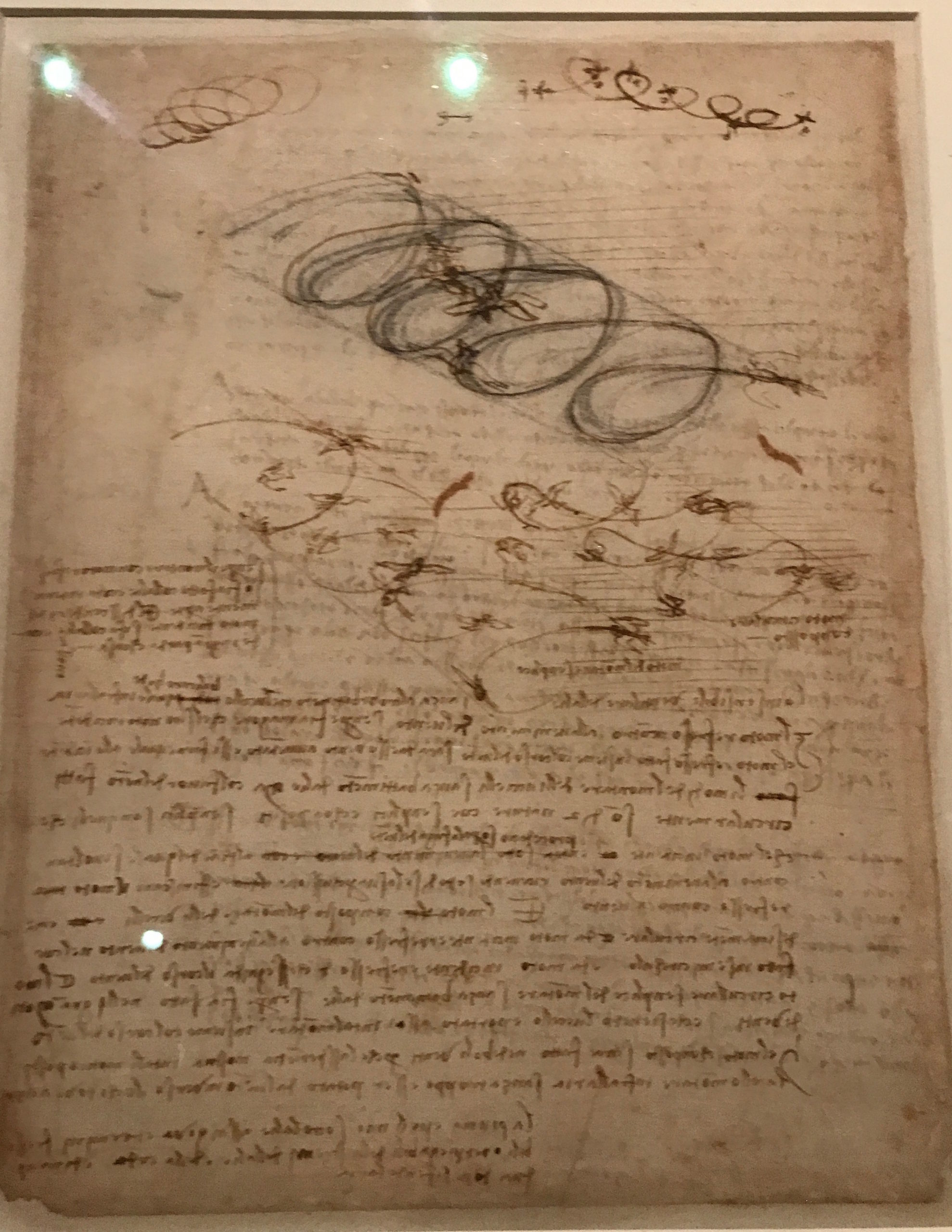
Botanical studies: Growth of the trees and drawings of the flowers Etoile de Bethléem and Anémone des bois:
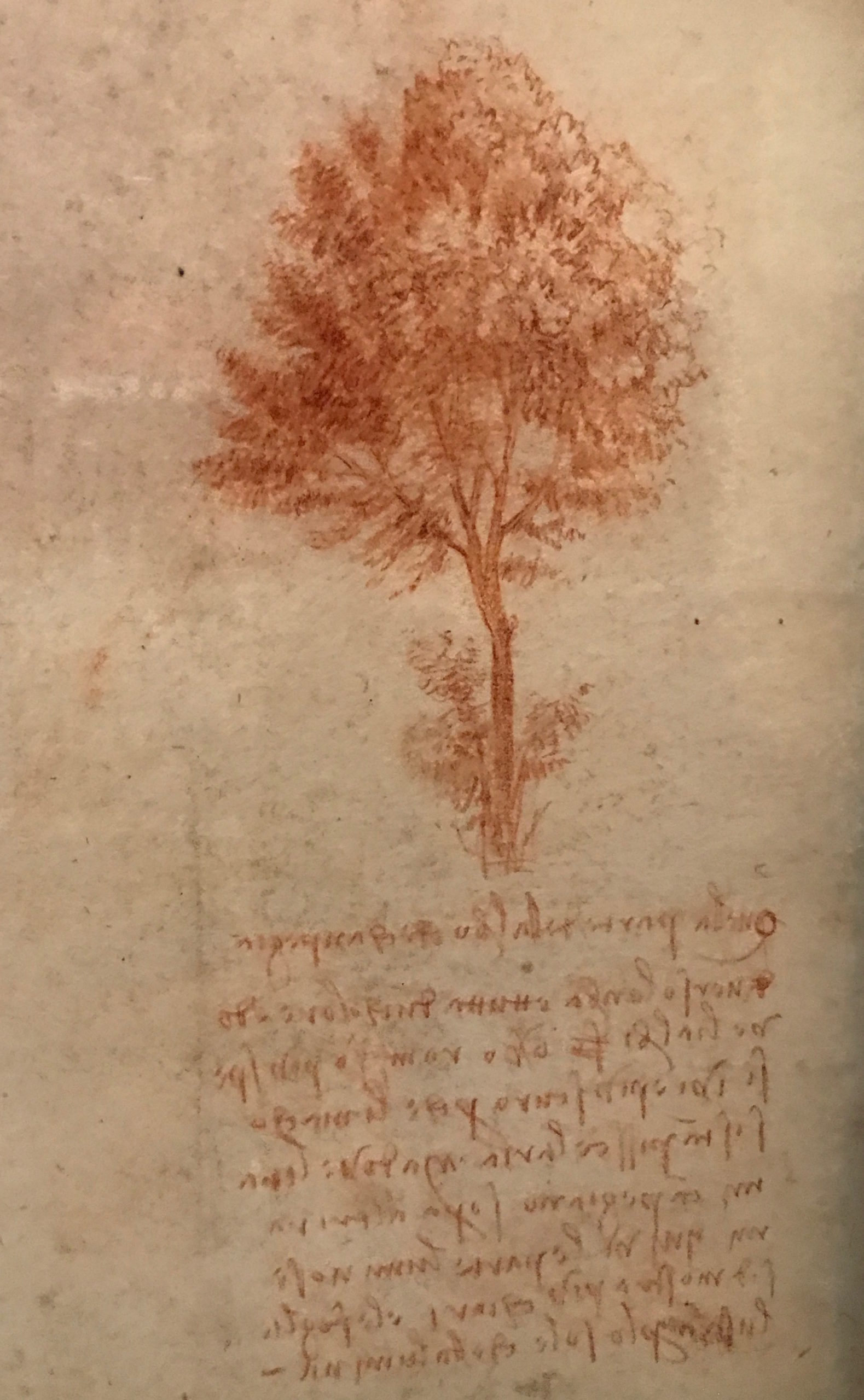
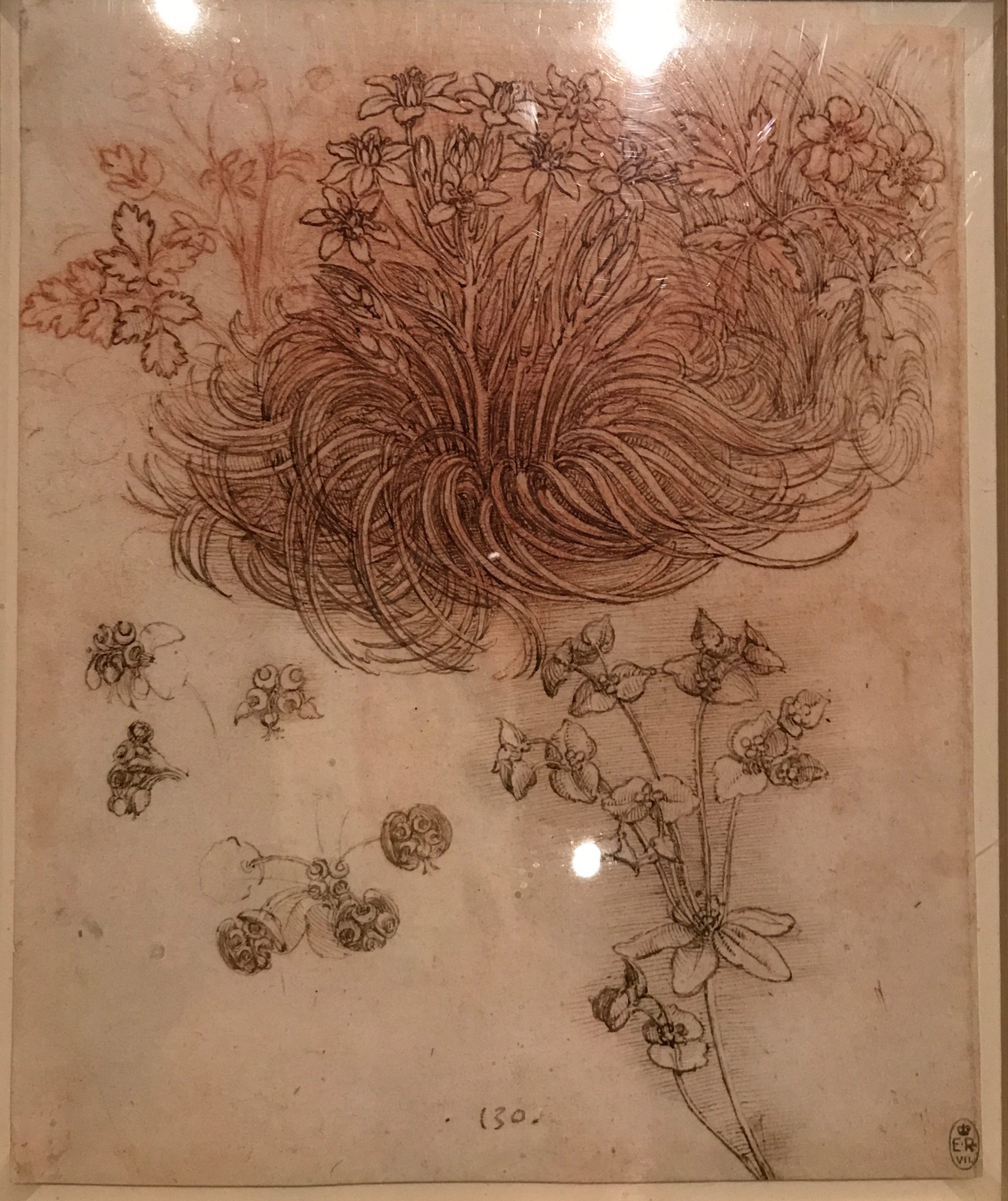
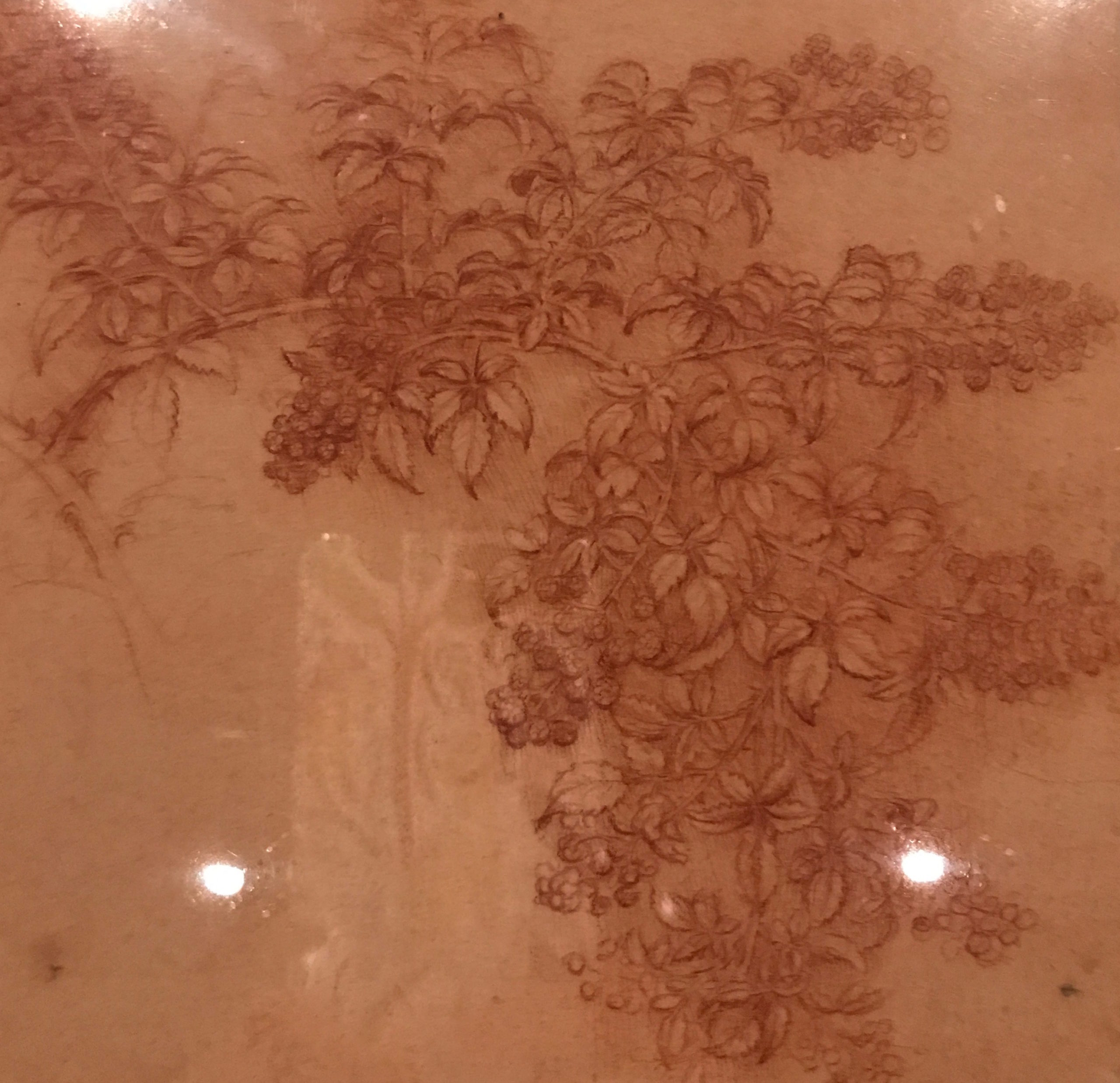
Designs of compass and various other equipment:
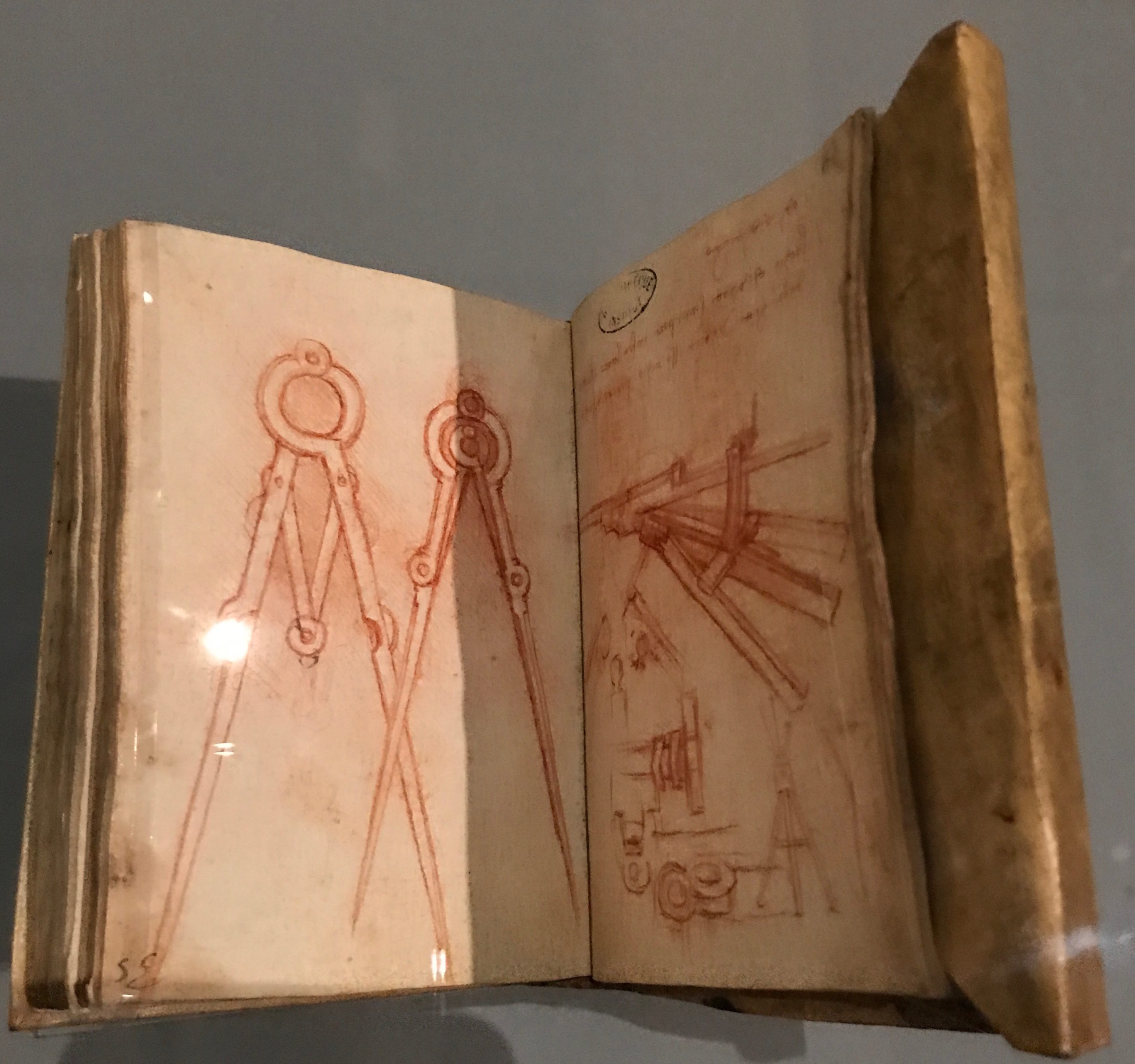
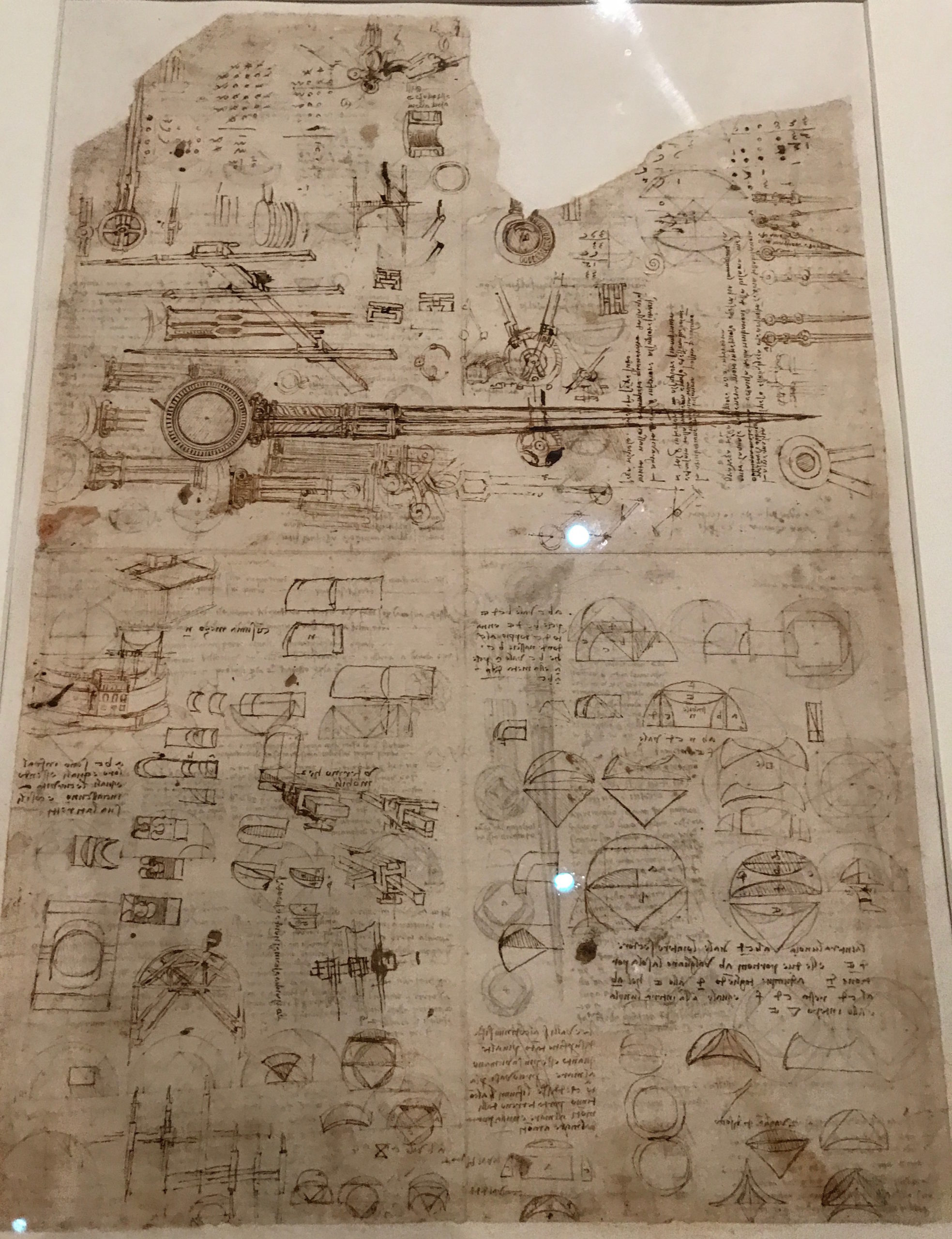
Fluid mechanics and optics:

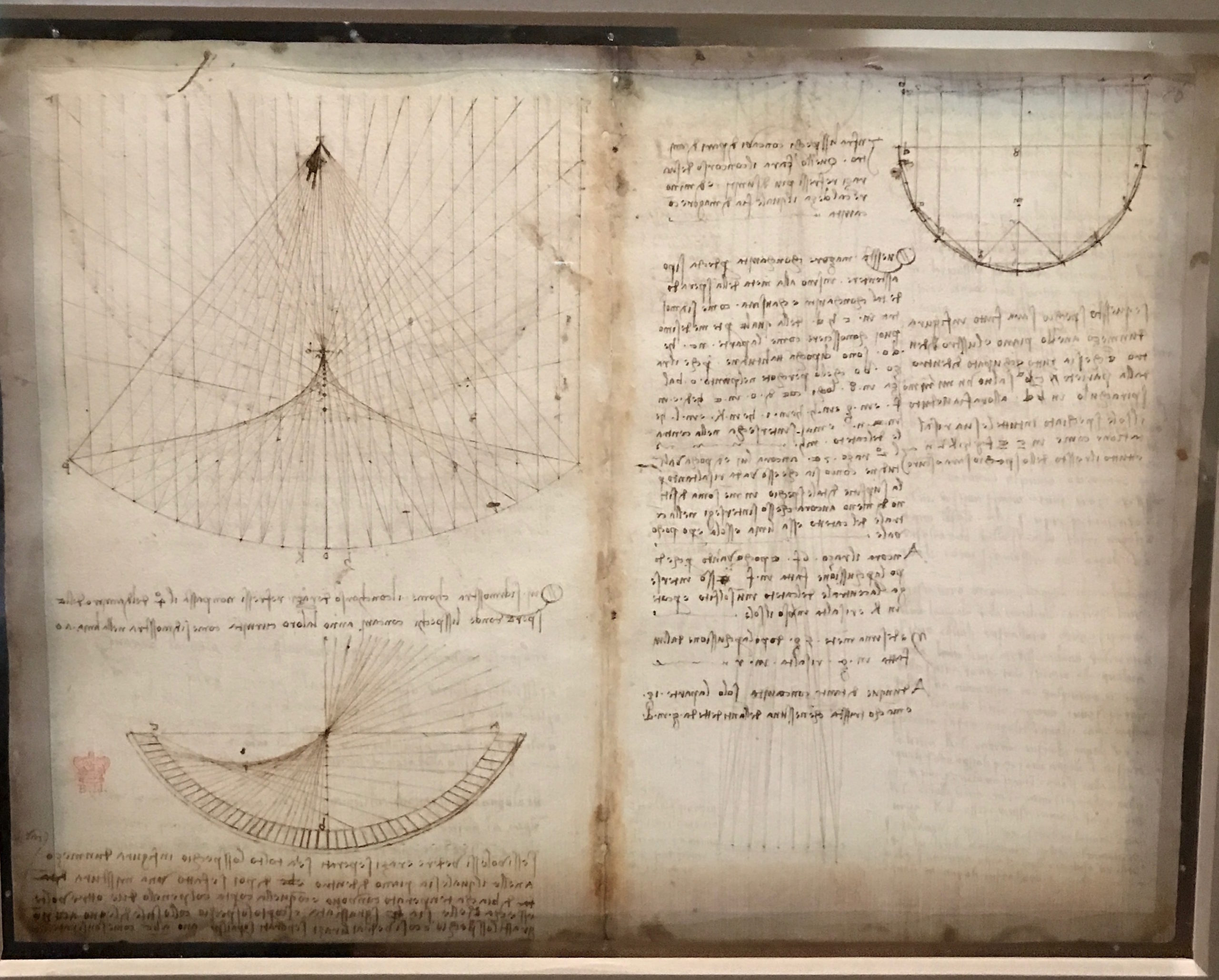
A lifetime’s quest for creative knowledge, the eternal beauty of art, and the fervour of being useful to humanity, Leonardo Da Vinci ever so sublimely reflected on the purpose of life:
May your work be in keeping with your purpose and design.
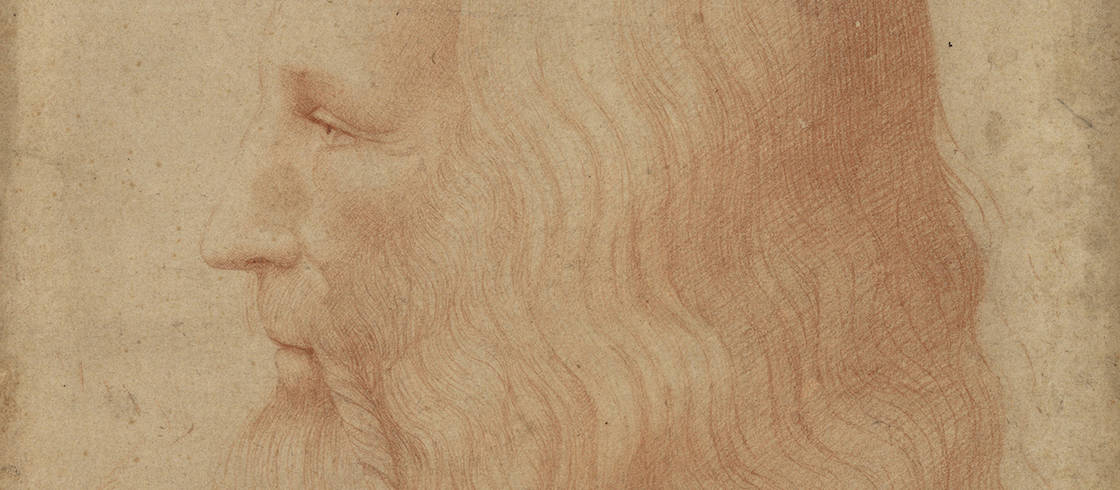
Duygu Bruce
January 2, 2020
All the photographs are taken by D. Bruce at the temporary exhibition opened at Louvre Museum, Paris to commemorate the 500th year after his departure.



